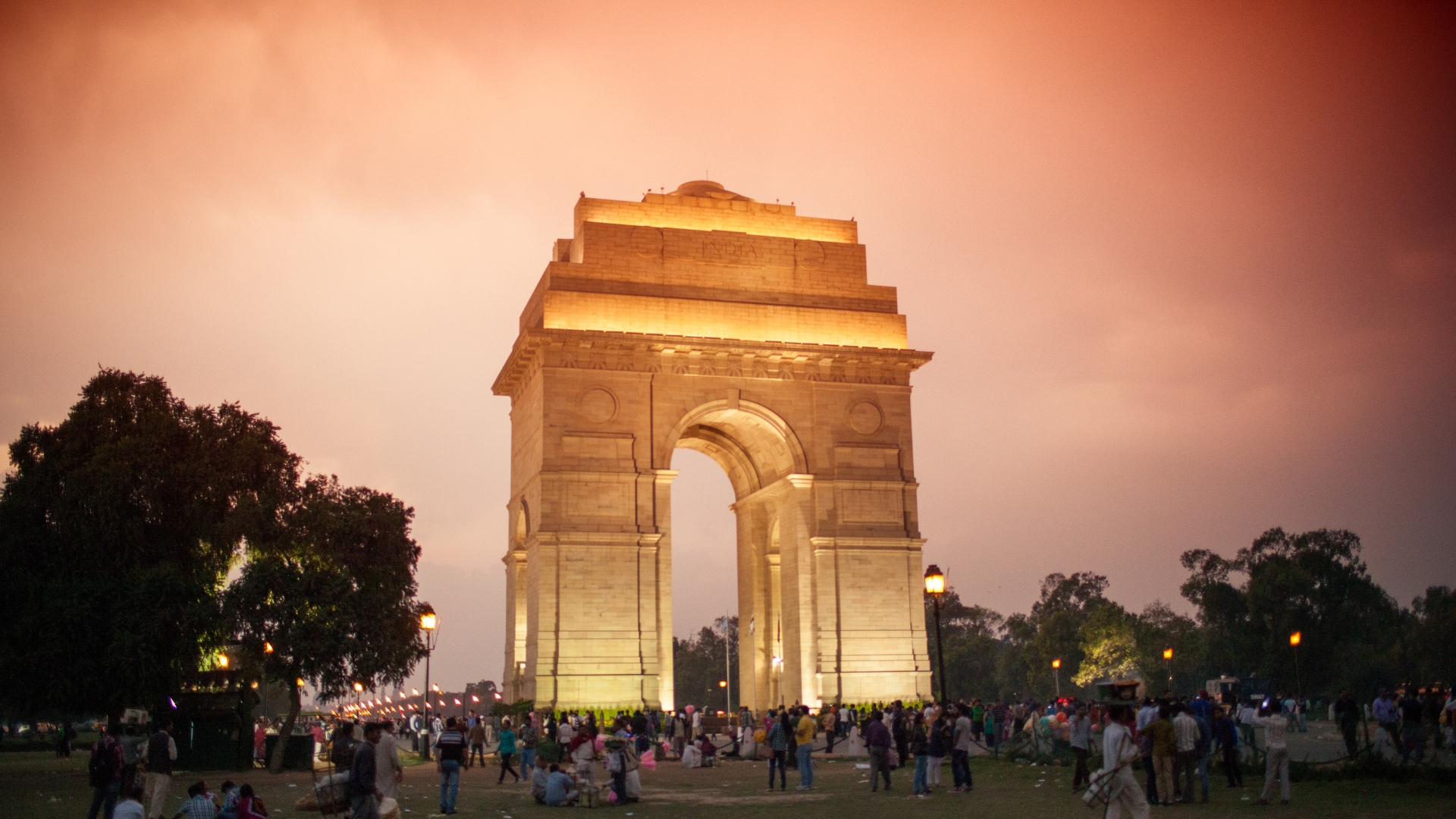Located in northwest India, New Delhi is the capital of India and the first destination on almost every Indian travel itinerary. In India there is a state called Delhi consisting of 11 districts and New Delhi is one of them. This is the capital of India. New Delhi has an area of 42.7 km2 (165 miles). The capital city of New Delhi is located on the alluvial plains of the Yamuna River - the largest tributary of the Ganges River in Northern India.
Transportation
How to get there:
- By Air: Indira Gandhi International Airport (IGI) is the main airport serving New Delhi. It connects to major cities worldwide. Upon arrival, you can take airport taxis, metro or ride-sharing services: Such as Uber and Ola.
- By Train: New Delhi has several major railway stations, with New Delhi Railway Station (NDLS) being the primary one. Train services connect it to cities across India. You can book tickets online through the Indian Railways website or various travel apps.
- By Bus: Interstate and intrastate buses run to and from New Delhi, with major bus terminals like ISBT Kashmiri Gate. Several private and government-operated buses connect Delhi to surrounding states and cities.
- By Car: If you're driving, New Delhi is well-connected by national highways. Roads are generally in good condition, but traffic can be heavy, especially during peak hours.
- By Metro: For local travel within the National Capital Region, the Delhi Metro is an efficient and extensive option. You can access various parts of the city quickly and conveniently.
Ways to get around the city:
- Trains: Delhi Metro has improved significantly in recent years. Rapid transit buses take locals and tourists around the city seamlessly, and the Airport Metro line provides access from Delhi airport.
- Bus: The city is served by DTC (Delhi Transport Corporation) buses. Buses are not always air-conditioned and can be quite crowded.
- Taxis and auto rickshaws: For short trips around Delhi, it's easy to catch a street rickshaw, which has a horse-drawn carriage and is pulled by a cyclist. For longer trips, you can also take an auto rickshaw, which is basically an auto rickshaw with a typical car engine.
Best time to visit
The best time to visit Delhi is from October to March. The sky is clear and the weather is pleasant, especially around autumn (October-November) and spring (February-March) .
Red Fort (Lal Quila)
.jpg)
Located in central New Delhi, 1km from Chandini Chowk station. This is a symbol of India's independence, carrying within itself the harmonious beauty of three design schools: Western architecture, Islamic Iran and India. Built in 1639 by Mogul Emperor Shah Jahan, the Red Fort is named after the red sandstone wall located at Salimgarh Fort. This famous relic complex was built with walls 2km long, 18m high and includes items such as the Diwan-i-Am court palace, the secret palace where the king received guests Diwan-i-Khas, and the Diwan-i-Khas residence. King Khas Mahal's main residence, King Rang Mahal's main wife's residence and 6 rooms for King Mumtaz Mahal's harem.
Jama Masjid

Jama Masjid is the largest and most famous mosque in India. Built in Persian and Indian architectural styles, Jama Masjid attracts the attention of tourists thanks to its giant marble slabs and 70m red and white striped sandstone tower with perfect sophistication. The inner courtyard can accommodate 25,000 worshipers at the same time because the church is built on a land area of 1200 square meters. Every Friday, Muslims will come here to pray, so you should avoid visiting on this day.
Swaminarayan Akshardham Temple

Inaugurated in 2005, Swaminarayan Akshardham Temple is one of the largest Hindu temples in the world, located on the banks of the Yamuna River. The temple stands out with its sophisticated architecture of pink sandstone and white marble, along with beautiful gardens and lakes. This is a cultural and spiritual center, with many exhibits depicting the history and philosophy of India.
India Gate

India Gate is a famous symbol of New Delhi, built in 1931 to commemorate the soldiers who died in World War I and other wars. The architecture of the gate is Arch style, 42 meters high, with the names of 13,300 soldiers engraved on the stone. The area around India Gate is beautifully planned, making it an ideal place to roam and host national events.
Humayun's Tomb

Humayun's Tomb is a world heritage site and is the first and most representative work of the Mughal architectural style in India. This is a complex of architectural works that includes the tombs of emperor Humayun and many others.
This project was inspired by Persian architecture and took 8 years of continuous construction to complete. The mausoleum is 47m high, has 2 floors and is surrounded by a 30-acre garden. The mausoleum is built of red sandstone, the dome is paved with white marble and the tombstones inside are all made of marble.
Suggested Itineraries

Win a Free Trip For Two in Vietnam
Subscribe and stand a chance to win two spots on a "Vietnam Golden Rice Fields Tour" in 10 Days


